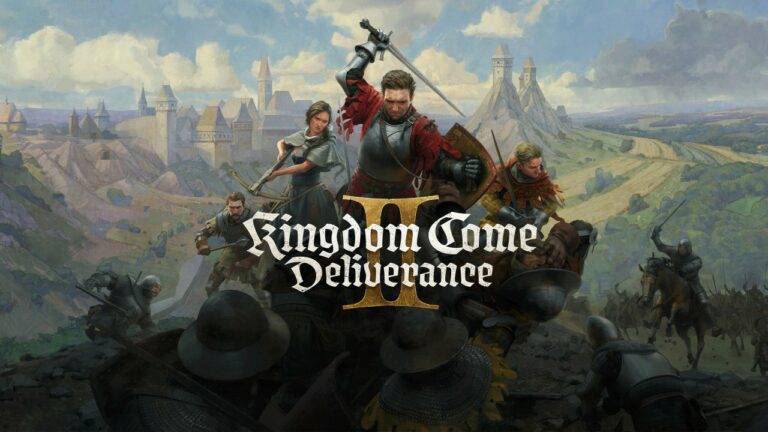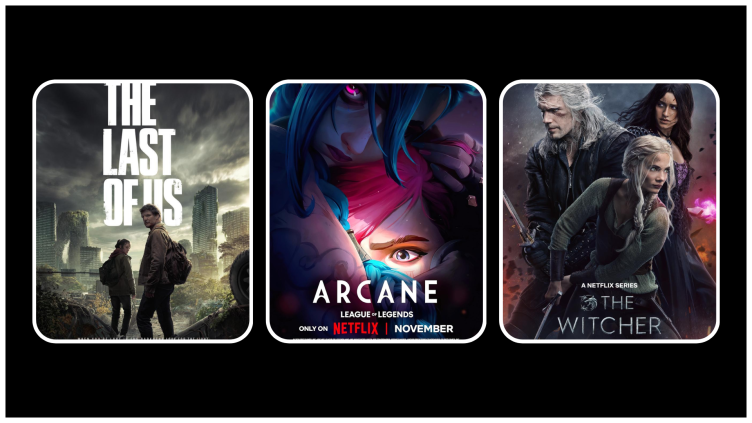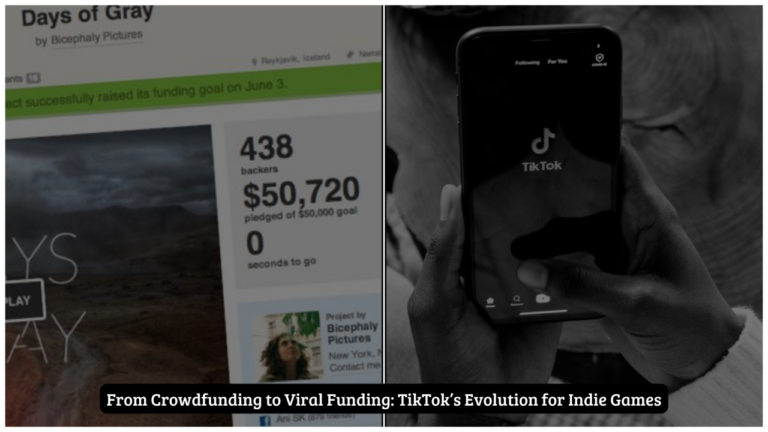In an increasingly competitive video game landscape, the focus is shifting from volume metrics to the quality of engagement. Playtime per player has significantly decreased in recent years. According to recent data, this decline is a global phenomenon driven by diversified leisure time, market saturation, and demographic changes.
This article explores the impact of this trend, supported by key data and innovative strategies to help video game brands remain relevant in 2024 and beyond.
Key data supporting the shift
Global decline in playtime
A Newzoo report highlights that average playtime has dropped by 26% since 2021. Similarly, a Concordia University study notes that PC and console players are spending less time on new titles due to the dominance of established games like Fortnite and Minecraft.
Preference for established titles
According to Everything to Play For, games launched more than six years ago account for over 60% of global playtime. This trend reflects a preference for familiar experiences over new releases.
Evolution of video game revenues
Revenues from console and PC games are projected to grow to $46 billion by 2024. However, monetization is increasingly shifting toward subscriptions and downloadable content (DLC).
Geographical growth
Cloud gaming is gaining traction in regions such as Asia-Pacific and Latin America, enabling brands to reach new audiences through mobile technology.
Disruptive strategies for a saturated market
Designing hyper-personalized experiences
Personalization is no longer optional. Brands must analyze player behavior and deliver relevant content, such as dynamic skins or exclusive events tailored to individual playstyles. For instance, Fortnite has demonstrated the power of real-time thematic events to capture and retain attention.
Adopting snackable micro-campaigns
With less time available for gaming, titles should implement short, meaningful chapters (1–2 hours) that allow casual players to enjoy impactful content in brief sessions.
Leveraging cloud gaming to break barriers
Services like Xbox Game Pass are leading the shift toward universal access. Brands can expand in emerging markets by forming partnerships with local mobile operators and offering content optimized for low-end devices.
Transmedia: Extending the brand beyond gaming
The success of franchises like The Last of Us on HBO demonstrates that gaming can transcend media boundaries. Designing an IP with future adaptations in mind is essential to broaden audience reach.
Gamifying learning and productivity
Integrating game mechanics into educational and workplace applications can unlock new business opportunities. For instance, titles like Minecraft Education Edition have expanded their impact beyond entertainment.
Collaborative events and community mods
Active communities can be revitalized through creation tools for maps and game modes. Roblox is a leading example of how user-generated content keeps its player base engaged and the platform dynamic.
Innovating to lead the change
The decline in playtime presents a challenge, but it also calls for a reimagining of brand strategies. Companies that successfully combine data analysis, technological innovation, and player-centric approaches will be better positioned to thrive in an ever-evolving market.
What other challenges or strategies do you see in this new landscape of the gaming industry? Share your thoughts in the comments!



